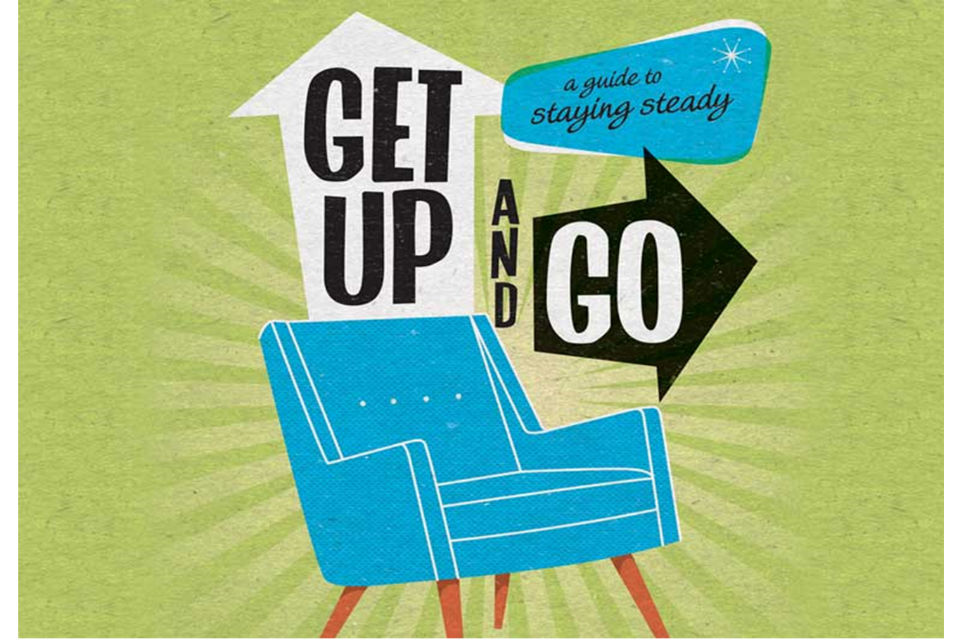Dementia Fall Risk Things To Know Before You Buy
Table of ContentsThe 25-Second Trick For Dementia Fall RiskWhat Does Dementia Fall Risk Mean?The 5-Second Trick For Dementia Fall RiskThe Definitive Guide to Dementia Fall Risk4 Simple Techniques For Dementia Fall Risk
However, based upon indicators and signs and symptoms, such as proof of head injury or a brand-new focal neurologic deficiency, calculated tomography or MRI of the brain might be shown - Dementia Fall Risk. An analysis for reasons of syncope ought to be performed only if there is solid uncertainty, as when it comes to reoccurring, inexplicable drops
Health care service providers utilize a fall danger evaluation to determine your threat factors for falling and make handy recommendations. A fall threat evaluation is crucial since understanding which factors increase your chances of falling assists you: Reduce your risk of falling or harming yourself.
All grownups 65 years and older need to have a first fall danger testing. Have actually dropped in the previous year. Worry about dropping.
The smart Trick of Dementia Fall Risk That Nobody is Discussing
-copy-5.jpg)
Discover this comprehensive nursing care plan and administration overview to effectively protect against danger for falls among individuals. Get vital expertise concerning the nursing analysis, nursing medical diagnosis, and goals specifically customized to patients who are at danger for drops. A is specified as an event that causes an individual coming to relax accidentally on the ground or floor or various other reduced degree (WHO, 2021).
Dropping is the 2nd leading reason of fatality from unintended injuries worldwide. It is estimated that loss death rates in the U.S
The Main Principles Of Dementia Fall Risk
If this rate continues, the CDC anticipates 7 autumn deaths every hour by 2030.
Every year, over 800,000 patients are hospitalized due to drops. Registered nurses play a significant role in stopping succumbs to their patients through education and learning, examining autumn threat, creating much safer settings, and supplying treatments in protecting against injuries from falls. A number of threat aspects and conditions add to falls, including the following:. Aged 65 years and older; reduced limb prosthesis; usage of assistive devices such as walker, crane, and wheelchair; living alone.
Loss are due to several aspects, and a holistic strategy to the individual and setting is essential. Expect a person is taken into consideration at high danger for falls after the testing.
Dementia Fall Risk Can Be Fun For Anyone
A requires making use of a validated tool that scientists have taken a look at to be valuable in naming the causes of falls in a person. As an individual's health and wellness and conditions modification, reassessment is required. The level of loss threat can be click here for more info established using the assessment of innate and external variables. Criterion assessment tools can also be utilized (reviewed listed below).
Individuals are a lot more likely to drop once again if they have maintained several drops in the past six months. The older populace goes to increased risk of fall-related readmissions based on a research study recognizing the variables predictive of repeat drops connected outcomes (Prabhakaran et al., 2020). Individuals with damaged understanding and disorientation might not understand where they are or what to do to help themselves.
The ability of people to secure themselves from falls is affected by such factors as age and development. Older people with weak muscular tissues are more likely to fall than my explanation those that keep muscular tissue strength, versatility, and endurance.
The Best Strategy To Use For Dementia Fall Risk
Less contrast sensitivity was rather linked with both boosted rates of falls and other injuries, while other decreased visual skill was just connected with enhanced fall price (Wood et al., 2011). Sensory understanding of environmental stimulations is extremely important to safety. Vision and hearing disability limit the patient's ability to perceive threats in the environments.
Older adults who have inadequate equilibrium or problem strolling are much more likely to fall., or other clinical problems and therapies., and use of psychotropic medicines (Stanmore et al., 2013).